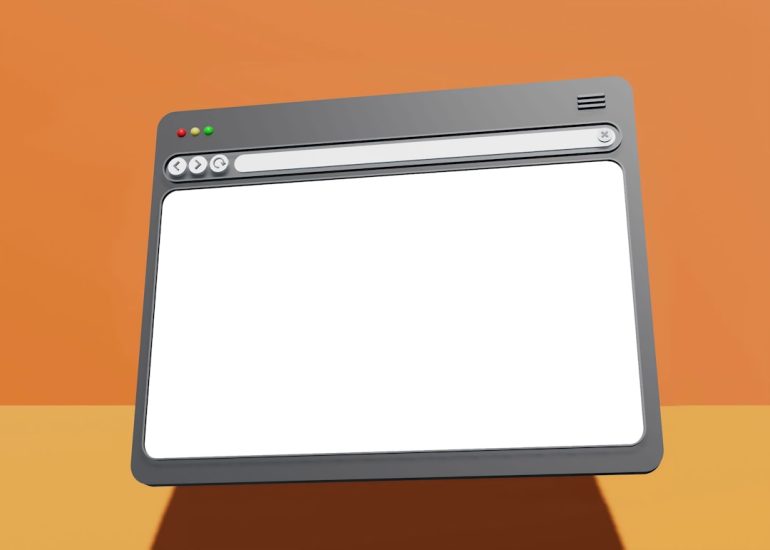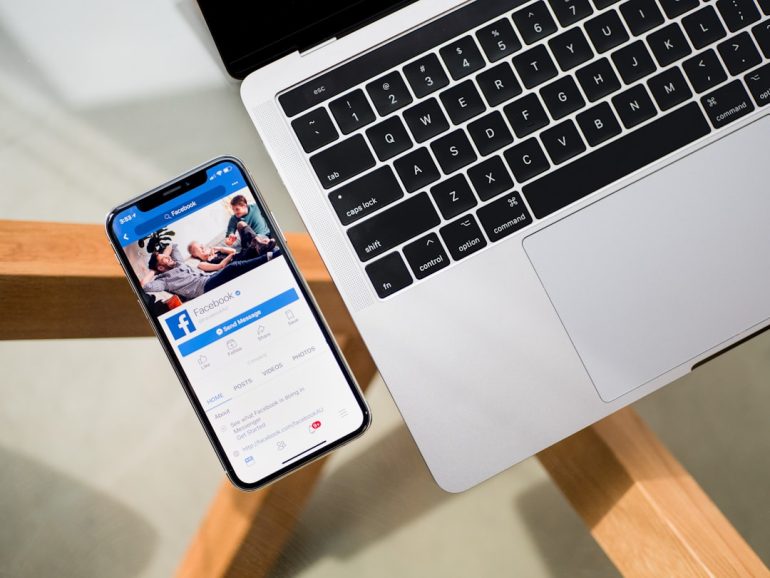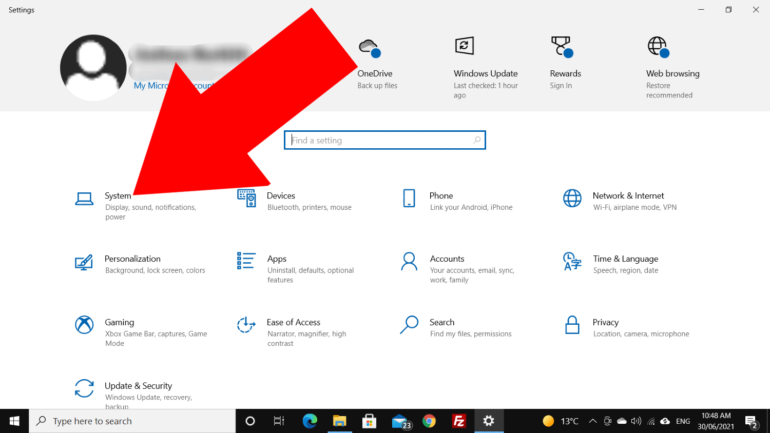Desk ergonomics checklist for coders
For coders who spend countless hours at their desks immersed in code, a poorly arranged workspace can lead to discomfort, fatigue, and even long-term health issues. Proper desk ergonomics isn’t just about comfort—it’s a crucial part of ensuring productivity, reducing the risk of repetitive strain injuries (RSIs), and maintaining overall physical health. Knowing how to set up a workstation with ergonomics in mind can make a significant difference in a coder’s daily performance and long-term well-being.

Why Desk Ergonomics Matter for Coders
Table of Contents
Unlike other professionals, coders often get “in the zone” and may not move for hours. This prolonged static posture can exert unnecessary stress on muscles, tendons, and joints. Over time, an inefficient desk setup can lead to chronic problems such as back pain, carpal tunnel syndrome, neck stiffness, and eye strain. An ergonomic desk setup promotes better posture, improves blood circulation, and increases comfort, which in turn enhances focus and efficiency.
Comprehensive Desk Ergonomics Checklist
The following checklist is designed to help coders evaluate and improve their current desk setup. By addressing each area, coders can build an environment that supports health, comfort, and coding productivity.
1. Desk and Chair Alignment
- Chair height: Adjust the chair so your feet are flat on the floor or a footrest, with knees at a 90-degree angle.
- Desk height: Your elbows should be at a 90-degree angle when your hands rest on the keyboard or mouse.
- Armrests: Use padded armrests to reduce pressure on shoulders. They should support the arms without lifting them higher than shoulder level.
- Sit fully back: Ensure your back is well-supported by the chair back. A small lumbar pillow can offer additional lower back support.
2. Monitor Positioning
- Monitor height: Position the screen so the top third of it is at eye level. This prevents neck overextension.
- Viewing distance: Place the monitor about an arm’s length away, roughly 20 to 30 inches, depending on screen size.
- Screen glare: Adjust lighting or use an anti-glare screen protector to minimize eye strain.
3. Keyboard and Mouse Setup
- Keyboard placement: Keep it directly in front of you, wrists flat, and shoulders relaxed. Avoid tilting the keyboard too steeply.
- Mouse proximity: Place your mouse next to the keyboard and on the same level. Wrist movement should be minimal.
- Wrist support: Use padded wrist supports when necessary, but avoid resting for long periods. It’s better to keep your wrists slightly lifted and in a neutral position.
4. Screen and Lighting
- Lighting: Use ambient lighting to reduce glare, and avoid direct overhead lights. A desk lamp with adjustable brightness is ideal.
- Contrast and text size: Ensure that the screen’s brightness and text size are customized for comfortable viewing without strain.
- Blue light filter: Use software or glasses that filter blue light, especially if working late hours.

5. Movement and Breaks
- 20-20-20 rule: Every 20 minutes, look at something 20 feet away for 20 seconds to prevent eye fatigue.
- Stretching: Incorporate short stretching or walking breaks every 45 to 60 minutes to improve blood circulation.
- Adjust posture: Shift your sitting position periodically to avoid stiffness and pressure accumulation.
6. Optional Ergonomic Enhancements
- Standing desk: Consider using an adjustable standing desk setup to alternate between sitting and standing during long work sessions.
- Footrest: If your feet don’t rest comfortably on the floor, a footrest can help maintain a 90-degree knee angle.
- Laptop risers and external peripherals: Coders using laptops should invest in keyboard, mouse, and laptop riser combinations for a healthier setup.
Signs of Poor Ergonomics to Watch For
Even with the best intentions, small misalignments in a workspace can cause discomfort. Here are some telltale signs that signal poor desk ergonomics:
- Chronic neck or shoulder stiffness
- Tingling or numbness in fingers or forearms
- Headaches, especially at the end of the workday
- Lower back pain
- Eye strain and visual fatigue
Taking note of these symptoms and tweaking the workspace accordingly can dramatically improve comfort and efficiency.
Creating Your Ideal Coding Environment
Personal adjustments should always align with ergonomic principles. Coders are encouraged to tailor setups based on their body dimensions, coding habits, and hardware preferences. Trial and error in adjusting desk components can yield the most comfortable results over time. More importantly, consistency in posture awareness and regular movement can protect against injuries associated with sedentary work.
For coding professionals and enthusiasts alike, investing in a healthy workspace is more than a luxury—it is a necessity for a sustainable career. With the right ergonomic setup, typing marathons and debugging sessions can be completed in comfort, clarity, and health-consciousness.
Frequently Asked Questions (FAQ)
1. How high should my coding monitor be?
The monitor’s top edge should be at or slightly below eye level, so the eyes naturally hit the top third of the screen. This helps prevent neck strain and promotes natural posture.
2. What’s the ideal chair for coders?
A good ergonomic chair should be adjustable, have sufficient lumbar support, and promote upright sitting. Features like seat depth adjustment and armrest customization are beneficial.
3. Is standing while coding better than sitting?
Alternating between sitting and standing can reduce fatigue, boost circulation, and enhance focus. Using a sit-stand desk allows coders to enjoy the benefits of both positions.
4. Can I achieve good ergonomics with a laptop?
Yes, by using a laptop riser and external keyboard and mouse. This setup helps to elevate the screen to eye level and maintains proper hand and wrist positioning.
5. How can eye strain be minimized during long coding sessions?
Follow the 20-20-20 rule, adjust monitor brightness, enlarge the text if needed, use anti-glare screens, and consider blue light filtering glasses. Proper lighting in your coding environment also greatly reduces strain.
Taking proactive steps today toward a better desk setup can lead to significant health gains tomorrow. For coders, who are among the most desk-bound professionals, prioritizing ergonomics is a step toward greater productivity and longevity in the field.





